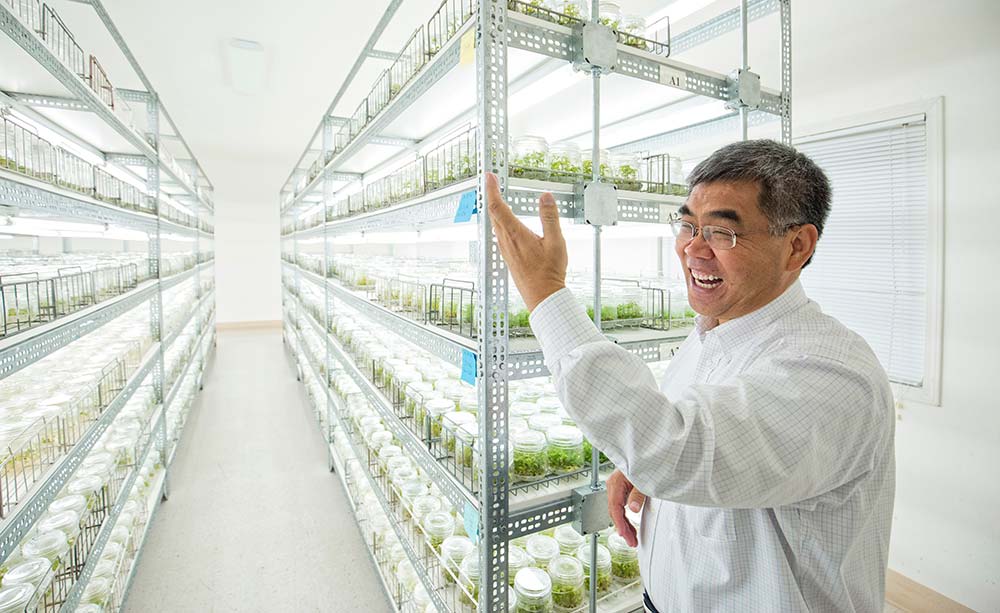
When Yongjian Chang built North American Plants in 1998, the company had 800 square feet of lab space to propagate plants through a process known as tissue culture — essentially cloning them to meet nursery demand for ornamental trees and shrubs.
It’s come a long way in the years since, with five expansions bringing lab space to some 23,000 square feet and a switch in 2006 to focus on berries and rootstocks for tree fruit and nuts.
Today, North American Plants produces 3 million blueberry, blackberry and raspberry plants and 10 million rootstocks for tree fruit and nuts annually.
Increasing demand for disease-resistant rootstocks, particularly in the apple industry, has the company poised for another change: selling directly to

